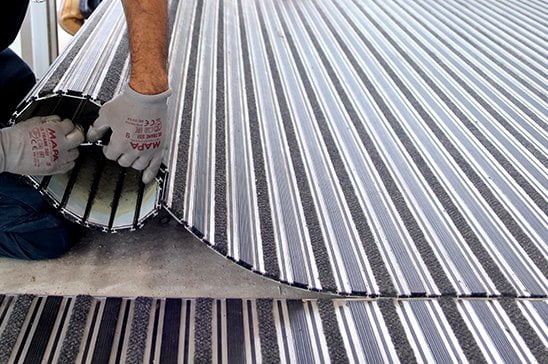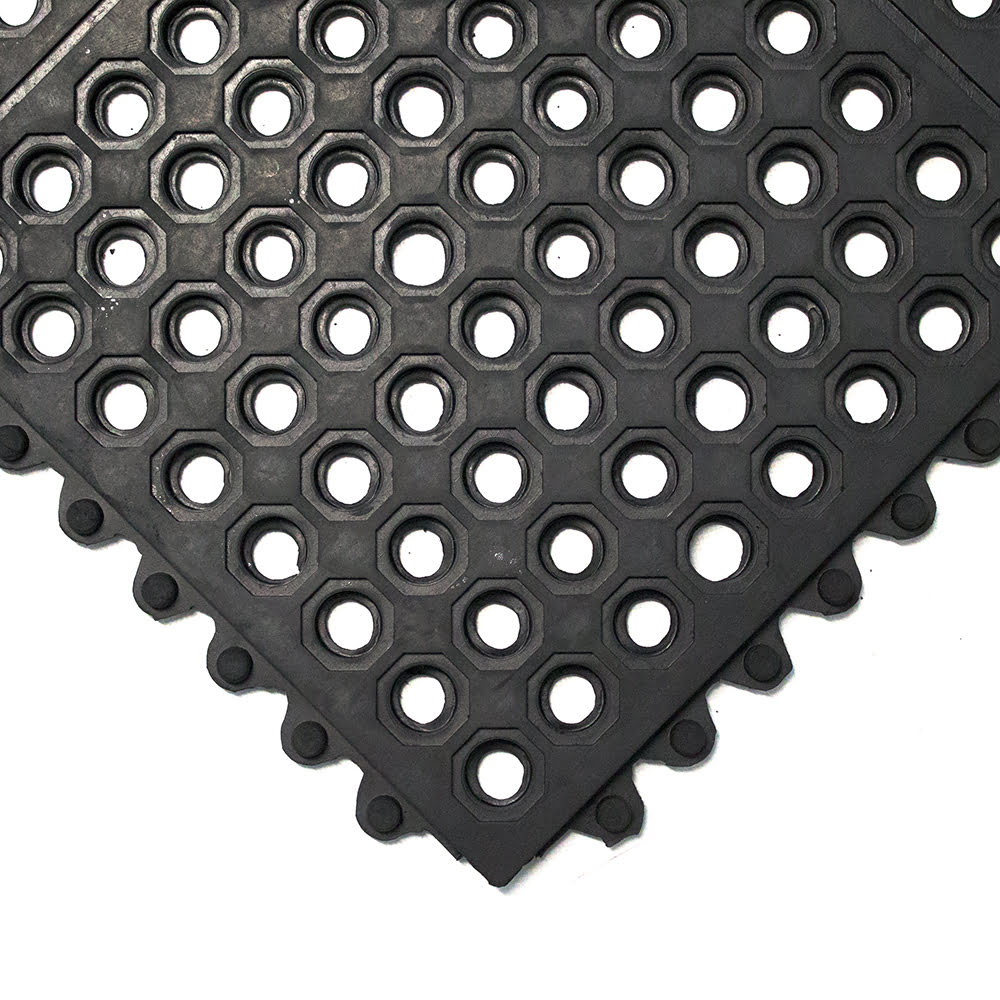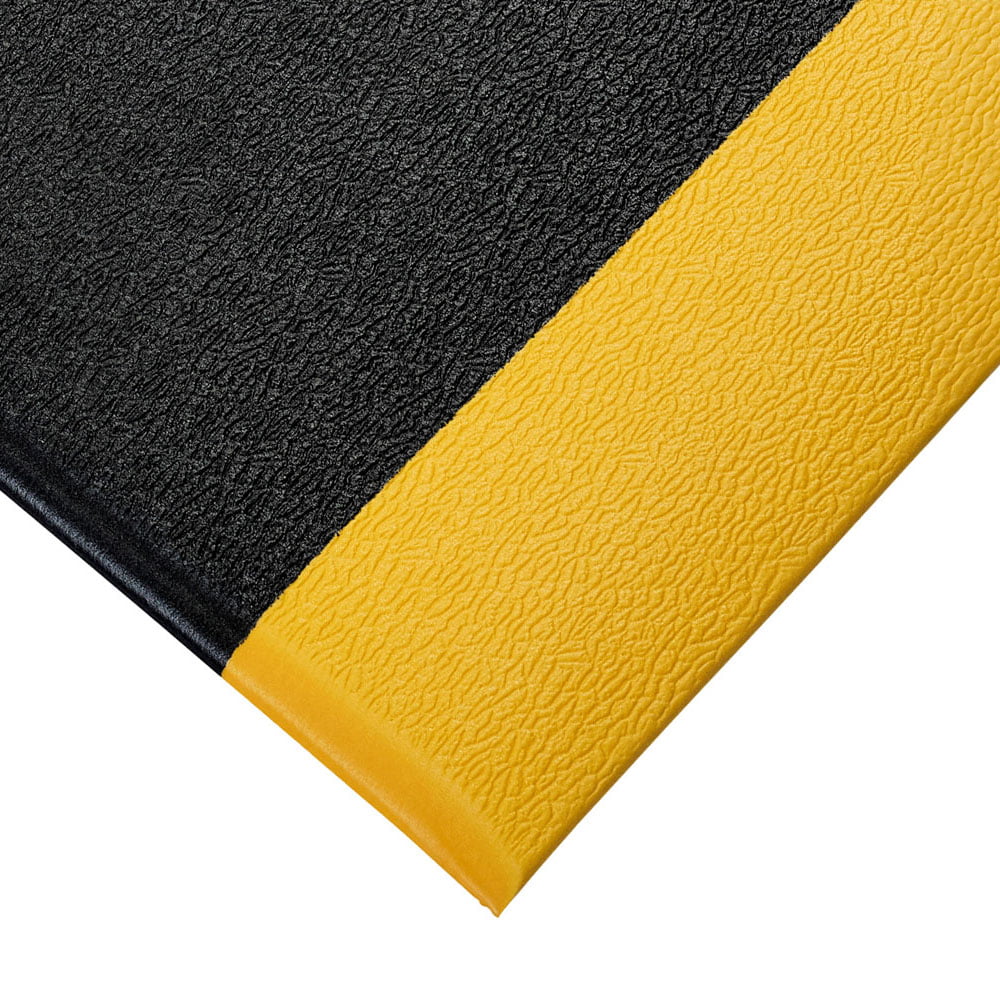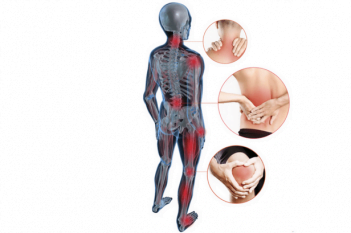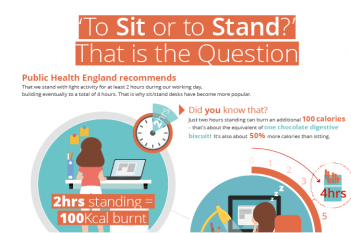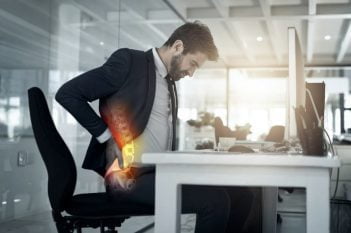
Sitting and standing for prolonged periods of time in the workplace has become a well-debated subject. For COBA Europe’s #StandUpForHealth campaign, we will be looking at the differences sitting and standing in work environments can have on the body and our health. Our previous post explained the problem with sitting, and how sitting for prolonged periods of time can have a negative effect on the body and mind. In this post, we will be looking at the effect standing in any work environment has, and looking more closely at the science of standing.
What does standing do to the body?
In this section we explain the science of standing. Standing affects our circulatory system (especially the Venous System) which is responsible for moving blood throughout the body via our veins. When we stand, we subject increased pressure on the walls of our veins, and if standing in a static position, that intensity increases.
Think of the heart as the central pump in the circulatory system. With each beat, the heart pumps blood through the vessels, which transport oxygen and nutrients to all tissues and arteries of the body. Oxygenated blood leaves the left side of the heart. The arteries carry the blood away from the heart and the veins return the blood back up the heart. The main venous return pump is in the calf muscle. The foot has many tiny complex veins. Veins in the legs have one-way valves to help blood flow back to the heart against the force of gravity. The blood pushes through the valves toward the heart and the valves close to prevent backward flow. With each step that we take when we walk, the foot and calf muscles contract which forces the blood up through the venous system against gravity back up to the right-hand side of the heart.

What problems can prolonged standing cause?
Prolonged standing can cause tiredness, effecting joints such as the ankles and knees, they can tense up and become locked. There is a tendency to shift weight from one side to the other, which increases the release of muscular energy, and in turn, can lead to fatigue. Regular standing in static positions can slowly diminish elasticity in the soft tissues. This degenerative damage can lead to rheumatic diseases.
Research into venous pressure on a group of workers found the pressure was 56mm when seated and 87mm when standing. The pressure dropped to 21mm after taking 10 steps concluding that walking for two to four minutes a day after every 15-minute period of standing was more comfortable than standing without walking (Konz S, Johnson S, Work Design 1-629,2000).
For further information, download our free eBook, which further explains the risks of prolonged standing, the science of standing and offers tips on how to stand in a safer, healthier way. Our next post will go into detail about Musculoskeletal Disorders (MSDs), injuries or conditions that affect the human body, and how MSDs can cause problems within a work environment.


